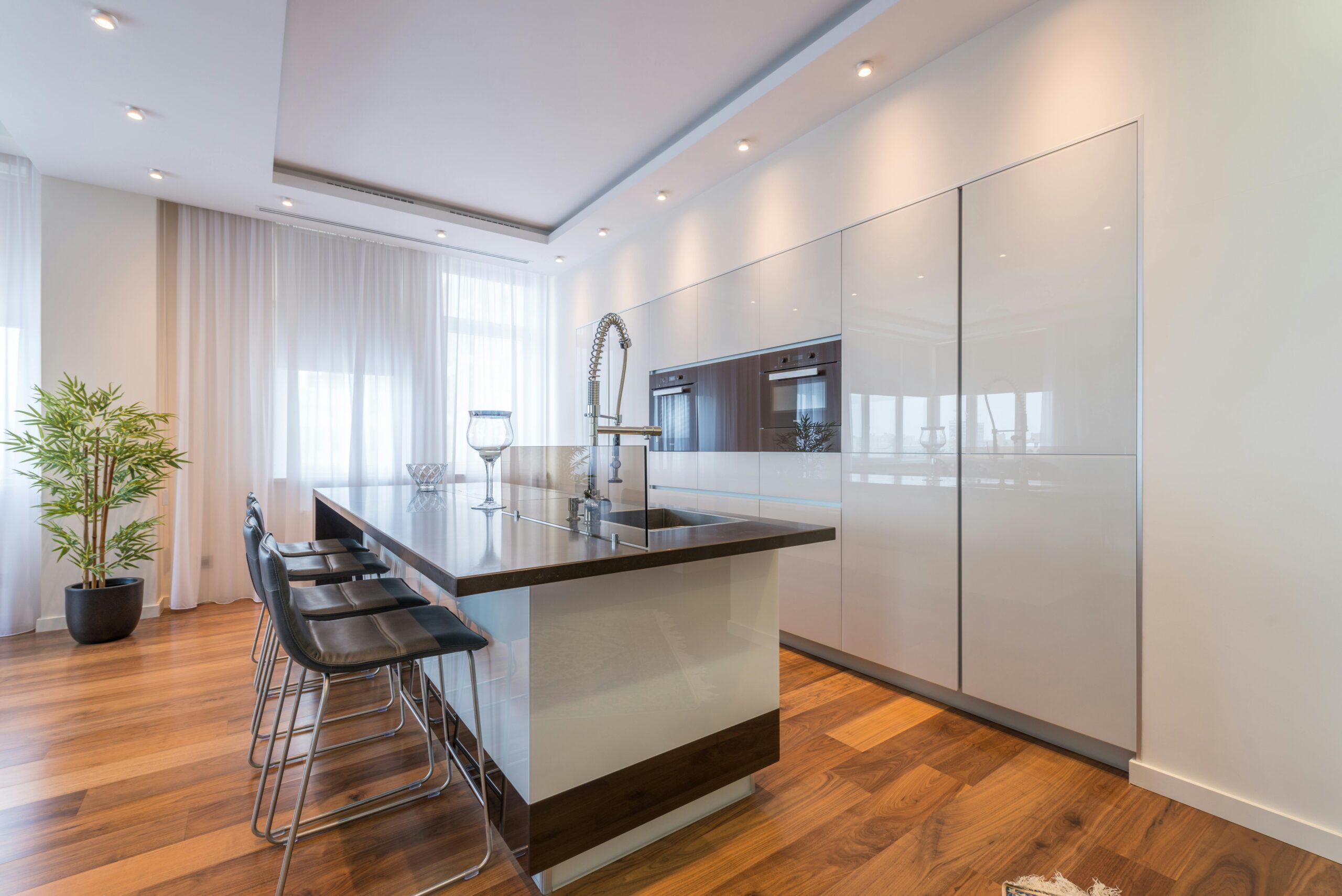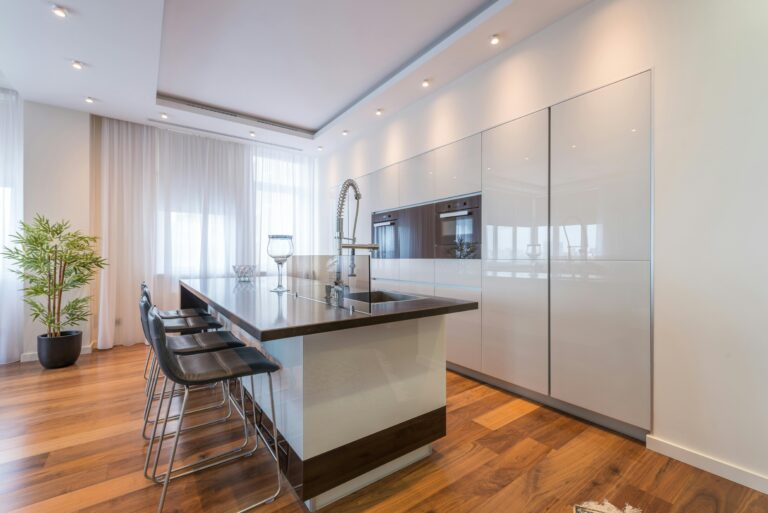
Selling your home is never just about putting up a “For Sale” sign and waiting for offers. It’s a complex dance of timing, pricing, presentation, and negotiation—and in a high-interest market, that dance gets even more complicated.
As of 2025, mortgage rates remain elevated compared to the ultra-low rates seen during the pandemic. That means many buyers are facing higher monthly payments, which can significantly impact how much they can afford and how quickly they’re willing to act. As a seller, this shift in market dynamics demands a smart, strategic approach.
Here’s everything you need to know about how to successfully sell your home in a high-interest market.
1. Understand the Buyer’s Perspective
In a high-interest environment, buyers’ purchasing power shrinks. A home that might have been easily affordable with a 3% mortgage rate could now push a buyer’s budget to the limit at 6% or higher. That changes how buyers behave:
-
They’re more selective
-
They may take longer to make offers
-
They’re looking for value, not just curb appeal
-
Monthly costs—like taxes, insurance, and repairs—are under more scrutiny
As a seller, you need to meet this mindset with empathy, flexibility, and smart marketing.
2. Price It Right From Day One
Pricing is always crucial, but in a high-interest rate market, it’s make-or-break. Overpricing your home—even slightly—can cause it to sit on the market, raising red flags and leading to eventual price cuts.
Here’s how to approach pricing:
-
Work with a trusted local agent who understands current market comps.
-
Don’t anchor your expectations to what homes sold for during the low-rate boom.
-
Consider strategic pricing (e.g., listing at $499,000 instead of $505,000) to capture buyer search ranges.
-
Study what homes in your area are actually closing for, not just what they’re listed at.
Homes priced correctly from the beginning tend to sell faster and often closer to the asking price, even in a tough market.
3. Make Your Home Irresistible
Buyers in a high-interest rate market feel like they’re paying more and getting less—so your job is to maximize perceived value. This doesn’t always require a major renovation; small upgrades and attention to detail go a long way.
Prioritize these areas:
-
Clean and declutter: A spotless, clutter-free home feels larger and more valuable.
-
Boost curb appeal: First impressions still matter—fresh mulch, clean walkways, and flowers can help.
-
Light and bright: Maximize natural light. Open blinds, replace dim bulbs and use mirrors strategically.
-
Minor updates: Fix leaky faucets, repaint scuffed walls in neutral colors, and consider replacing outdated fixtures.
-
Professional staging: If your home is vacant or your furniture is dated, consider staging to help buyers visualize living there.
In a high-rate market, homes that feel “move-in ready” have a major advantage.
4. Offer Buyer Incentives
To stand out from the competition and ease the burden of high rates, consider offering creative incentives that appeal to today’s cautious buyers.
Popular options include:
-
Interest rate buydowns: Temporarily reduce the buyer’s mortgage rate by paying upfront points at closing.
-
Closing cost assistance: Help cover the buyer’s closing costs to reduce their cash out-of-pocket.
-
Home warranties: Offer a one-year warranty to provide peace of mind about repairs.
-
Flexible closing timelines: Accommodate the buyer’s schedule—whether they need to move quickly or delay until their home sells.
Incentives can sometimes be more effective than a price cut in moving a hesitant buyer toward action.
5. Work With the Right Real Estate Agent
In a slower or more cautious market, the skills and strategy of your real estate agent matter more than ever. You need someone who:
-
Knows the local market and has data-driven pricing insights
-
Has a strong digital marketing presence
-
Is skilled in negotiation and managing buyer expectations
-
Can guide you through contingencies, appraisals, and inspections strategically
Don’t just hire a friend or the cheapest option—this is the time to work with a true professional.
6. Market Smart, Not Just Hard
In 2025, online exposure is everything. Buyers begin their journey on apps and websites—so your listing must pop.
Invest in:
-
Professional photography (drone shots included if applicable)
-
360-degree virtual tours
-
Video walkthroughs that can be posted to social media and YouTube
-
Compelling listing descriptions that highlight not just features, but lifestyle
Also, ask your agent about targeting Facebook ads, Google ads, or YouTube campaigns that reach buyers actively browsing in your area.
7. Be Flexible During Negotiations
High interest rates often create more negotiation between buyers and sellers. Be prepared for:
-
Requests for repairs or credits following inspections
-
Offers that come in below asking price
-
Contingent offers from buyers who need to sell their current home
Rather than rejecting offers outright, focus on finding win-win solutions. Your willingness to compromise can keep the deal alive.
8. Prepare for a Longer Timeline
Homes may take longer to sell in a high-interest market. The days of receiving 10 offers in a weekend may be gone (at least temporarily). Expect your home to stay on the market longer—especially if you’re in a higher price bracket or a slower local market.
To prepare:
-
Plan your next move accordingly (especially if you’re buying another home)
-
Be ready for multiple showings and feedback rounds
-
Consider short-term rental options if your move-out timing is uncertain
Patience and persistence are key.
9. Highlight Energy Efficiency and Cost Savings
As buyers worry about monthly costs, homes with energy-efficient features are more attractive than ever. If your home has:
-
Solar panels
-
Energy-efficient windows or appliances
-
Smart thermostats
-
Tankless water heaters
-
Recent insulation upgrades
Be sure to call these out in your listing and marketing. They help buyers envision long-term savings—important when interest rates are high.

Selling Smart in a High-Interest Market
Selling your home in a high-interest market environment may feel like a challenge—but it’s absolutely doable with the right strategy.
Today’s market is more price-sensitive and value-driven, but serious buyers are still out there. With proper pricing, strong marketing, and thoughtful incentives, your home can still sell for a great price—even in a rate-heavy landscape.
Remember: You’re not just selling a house—you’re selling peace of mind, stability, and a future. Position your home that way, and you’ll attract the right buyer at the right time.





